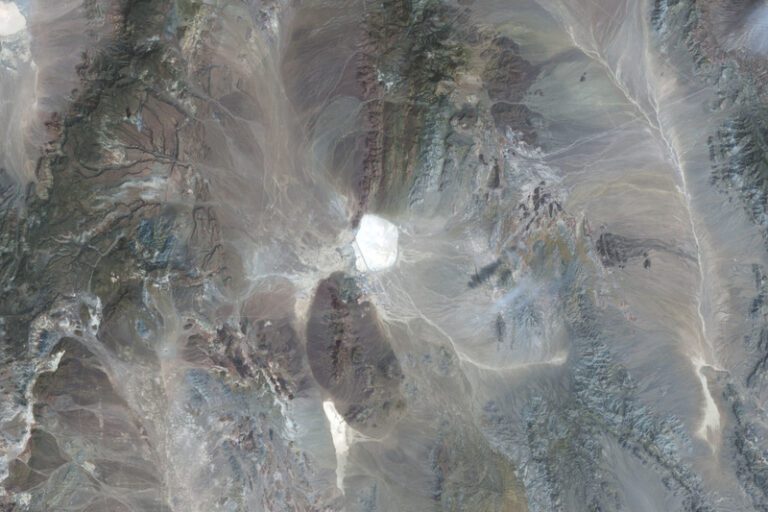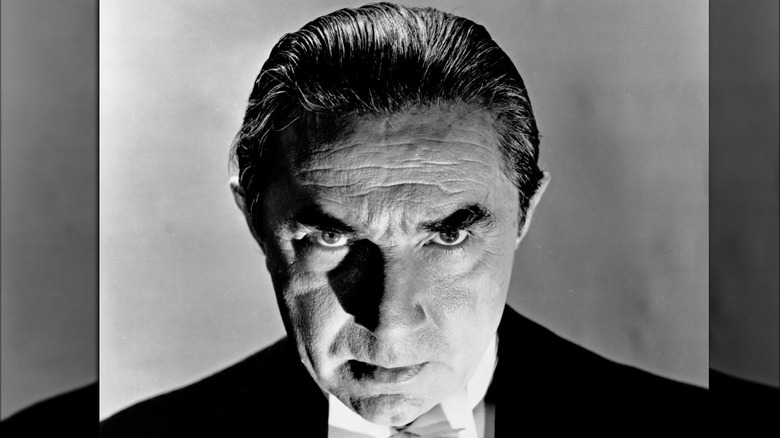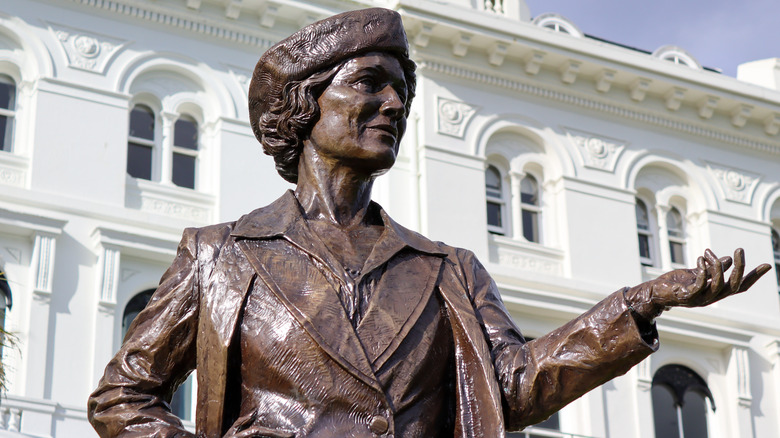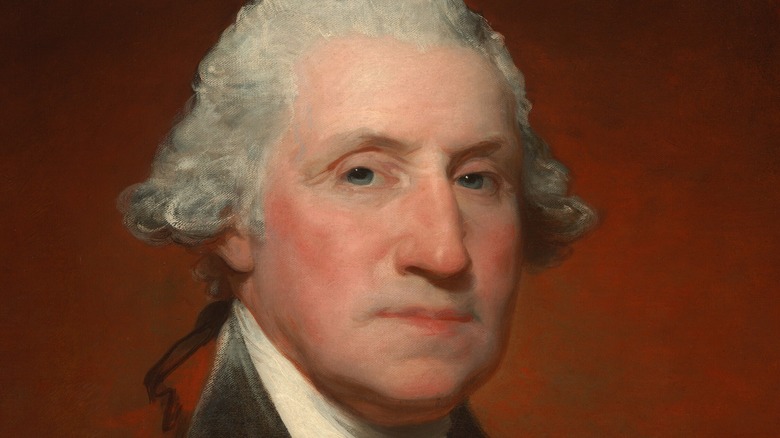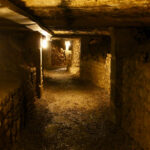
How Napoleon Turned The Paris Catacombs Into A Tourist Attraction
When you think about it, the Paris Catacombs are an unlikely sightseeing destination. After all, it features some 200 miles of dark, dank stretches of burial ground with bones and skulls grouped on the ground like eerie stalagmites.
The gravesite began in the 17th century when the dead became an overwhelming problem for Paris, since the city’s burial space was so crowded that rotting corpses rose from them, according to Smithsonian Magazine.
Instead of conventional resting spots, about 6 million to 7 million people found their holy rest in these 13th-century built tunnels. The city began moving bones from cemeteries to the catacombs in 1786, and it took a dozen years to exhume and rebury the bodies. “Some of the oldest date back as far as the Merovingian era, more than 1,200 years ago,” reported the publication. That’s around the fifth to 11th centuries when corpses were often buried with their weapons and jewelry, said the Musee D’Archeologie Nationale. The catacombs stopped acquiring new occupants by 1860.
The Paris catacombs solved two problems: what to do about the dead and provided an opportunity to fix the limestone quarry tunnels and make them more stable — by the 19th century whole city blocks were sinking into the ground. But it was Napoleon who turned them into big business. The leader wanted to leave a legacy behind — one that people could physically see. For Napoleon believed that “men are only great through the monuments they leave behind them,” according to Walks of Italy.
Napoleon creates a Paris tourist destination
He copied other tourism-oriented cities with catacombs, like Rome, and hired Nicolas Frochot, Prefect of the Seine, and Louis-Etienne Hericart de Thury, the Inspector-General of the Quarries, to transform the catacombs from a gravesite to something spectacular. The bones, which initially sat in piles, became exotic arrangements — shaped into hearts and circles.
The first tours added to the spectral feel by lighting the way with candles. “The Paris catacombs soon gained a reputation as one of the more affecting and surely the most macabre place to visit in the city,” according to Walks of Italy.
Later, exhibits were added such as skeletons with deformities, artifacts found during the tunnels’ excavation, and the Samaritan Fountain that contained goldfish. None of these, except the fountain sans fish, remain. Today’s visitors can see slightly more than a mile of the burial spot, about a 45-minute tour. The remainder cannot be viewed — it’s illegal to go into those areas. Still, according to the Independent, where there is a will, there’s a way. “It is estimated that as many as 300 Parisians visit the catacombs weekly, entering via secret entrances throughout the city,” wrote the publication.
Yet the Paris Catacomb passages — narrow, low and flooded — can be dangerous. In 2017, for example, two teens spent three days in the tunnels while French authorities searched for them, reported Teen Vogue. They were lucky. In 1793, Philibert Aspairt wandered around without ever finding an exit, and his body was recovered 11 years later, said Buzzfeed.

Deadliest Plants In The World

Fourth Of July Celebrations That Went Terribly Wrong

The Many Homes Of Santa Claus Around The World

Jif Peanut Butter Teams Up With GIPHY To Settle Pronunciation Debate

The Truth About How Vlad The Impaler Died
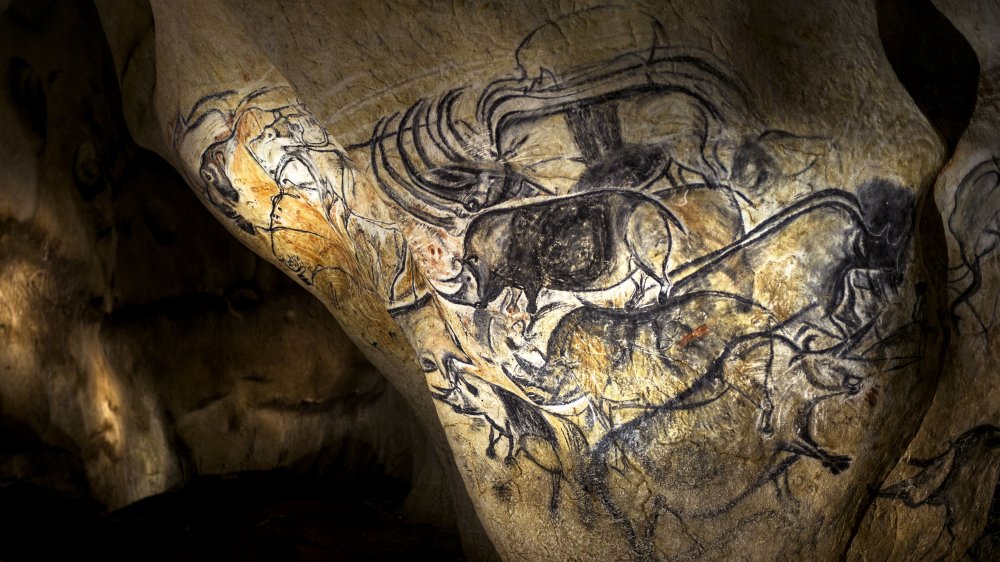
44,000 Year-Old Indonesian Cave Painting Rewriting History Of Art

Man Treated After Discovering Family Of Cockroaches Living In Ear

Weird Things That Have Happened At The Golden Gate Bridge

Insane Amusement Park Rides That Shouldn't Exist

What You Didn't Know About The Damn Daniel Kids





